The aesthetic that I chose was the art of depicting time and writing its own history and heritage with it.
A circle and two lines is all it takes to convey us time. This evolution of pattern which is the most important type of measurement has been an internal part of the ecosystem where we live and work. Yet the thing that shows time has been the epitome of telling the architecture, the beauty of the era itself. From ancient sundials to modern wall clocks, each era crafted timepieces reflects cultural, artistic and technological influences.
The evolution of timekeeping showcases human ingenuity, spanning from ancient sundials to contemporary wall clocks. Early civilizations, reliant on natural elements, devised shadow clocks and sundials. Egyptians, around 3,500 B.C., elevated accuracy with Obelisks and Clepsydra water clocks. In the 10th century, European monks pioneered mechanical clocks.
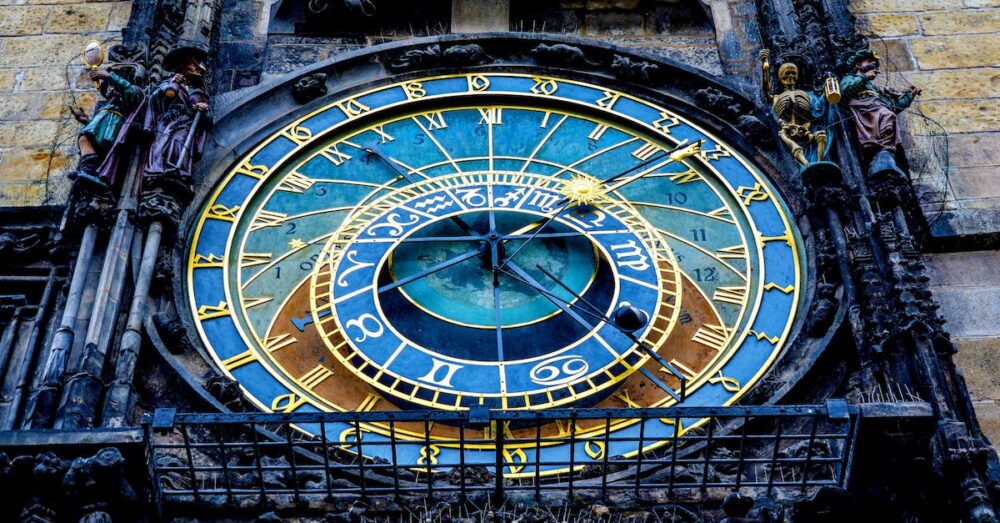
The Prague Astronomical Clock, installed in 1410, marries medieval engineering and artistic elegance in Prague’s Old Town Square. Adorned with Gothic and Baroque elements, it boasts an intricate astronomical dial, animated figures, and symbolic motifs, standing as a testament to the fusion of science and art in Prague’s history.
Galileo and Christian Huygens’s 1656 pendulum advancement led to iconic grandfather clocks for royalty. Industrialization in the 19th century democratized clock accessibility, reaching the middle class.
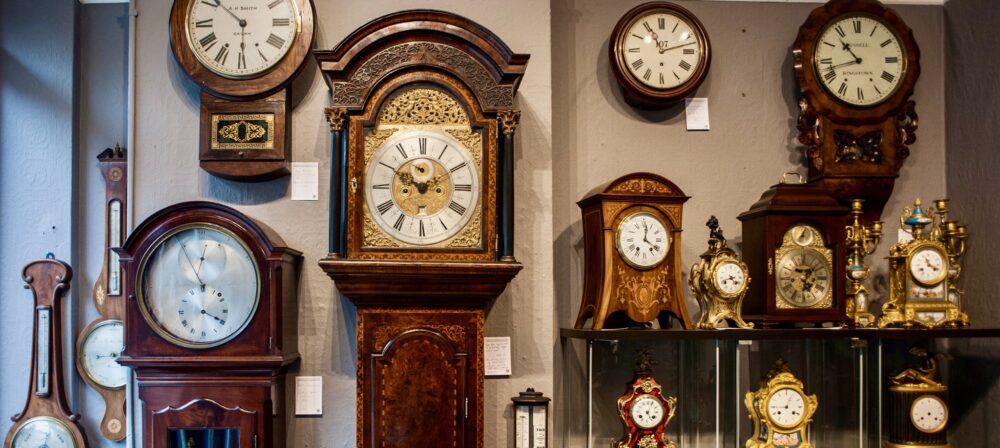
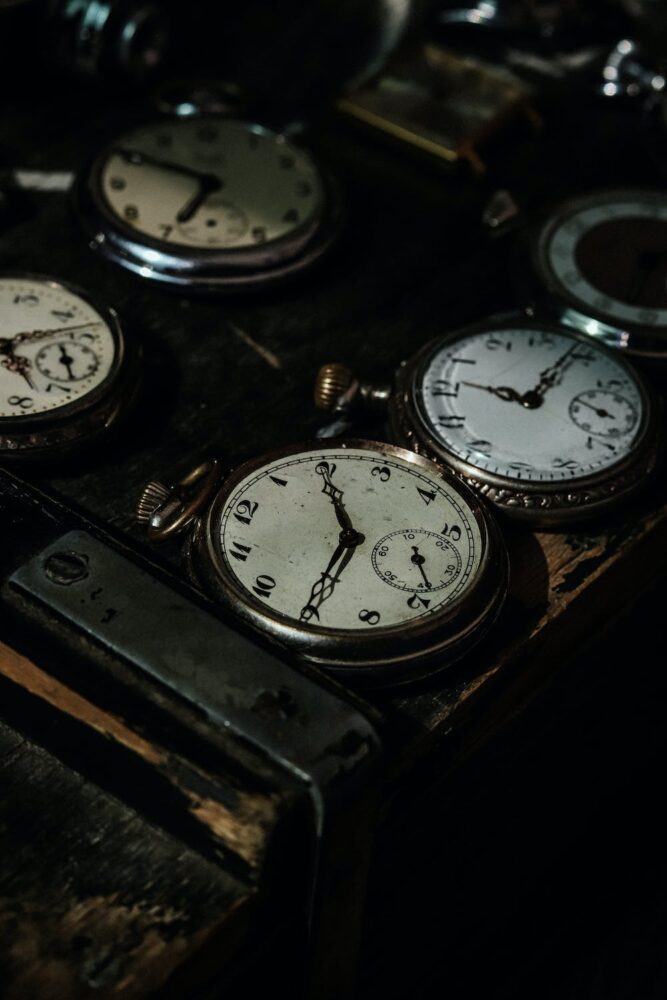
Pocket watches, dating back to the 16th century, evolved with intricate craftsmanship and portability. Their design progressed from simple cases to ornate covers, reflecting changing styles through centuries.
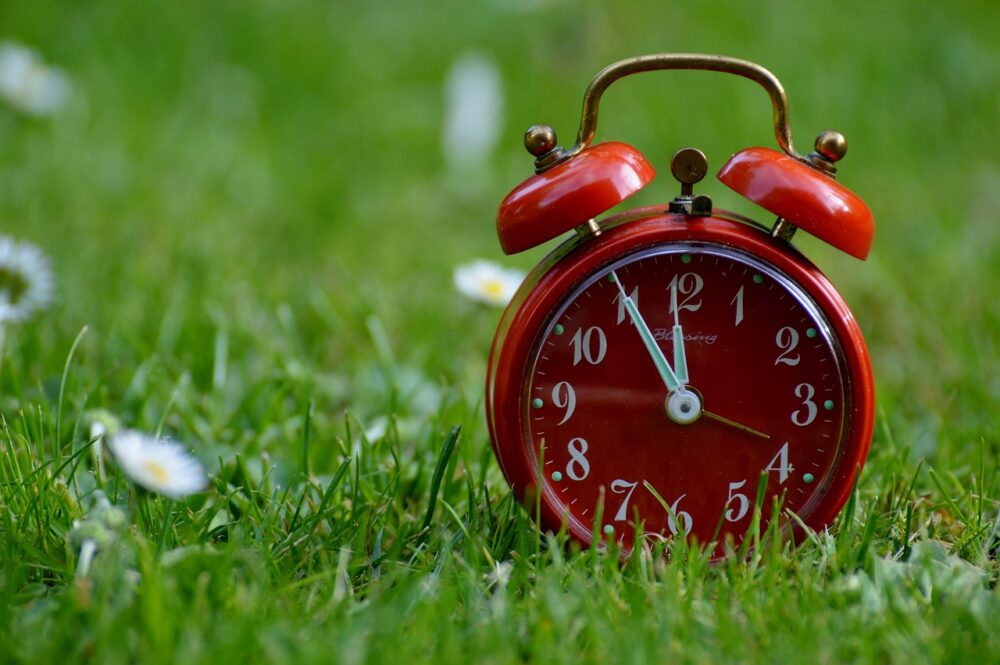
The 1927 quartz clock by Warren Marrison revolutionized household timekeeping for its accuracy and affordability. Since then we have even the development of modern minimalistic wall clocks that has given wall clocks the title of being an subtle and elegant element for the room space.
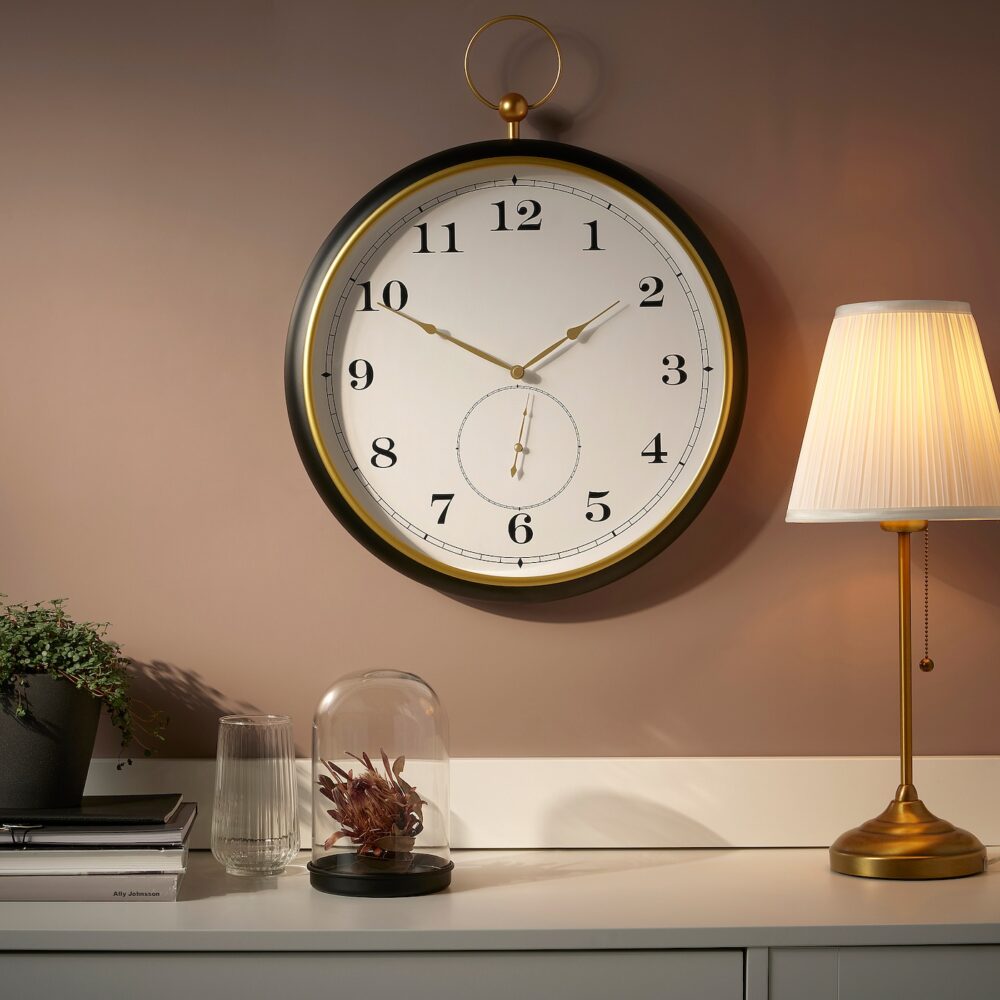
All these clocks give us a broad perspective of design and culture of each time. At the very heart of it shows us that just mere aesthetic of a circle and lines gives us the sense of time, giving us the blank canvas to depict the art Of the era itself.

 References and Images Citations:
References and Images Citations:
1. https://www.homestratosphere.com/history-of-wall-clocks/
2. https://en.m.wikipedia.org/wiki/Pendulum_clock
3. https://www.pexels.com/photo/vintage-pocket-watches-17539483/
4. https://www.ikea.com/us/en/p/kuttersmycke-wall-clock-black-10520514/
5. https://www.walmart.com/ip/DENEST-Modern-Round-Wall-Clock-Silent-Large-Wall-Hanging-Clock-Home-Decoration/1643582126
6. https://hermleclock.com/blogs/news/sundials-tracing-the-roots-of-timekeeping

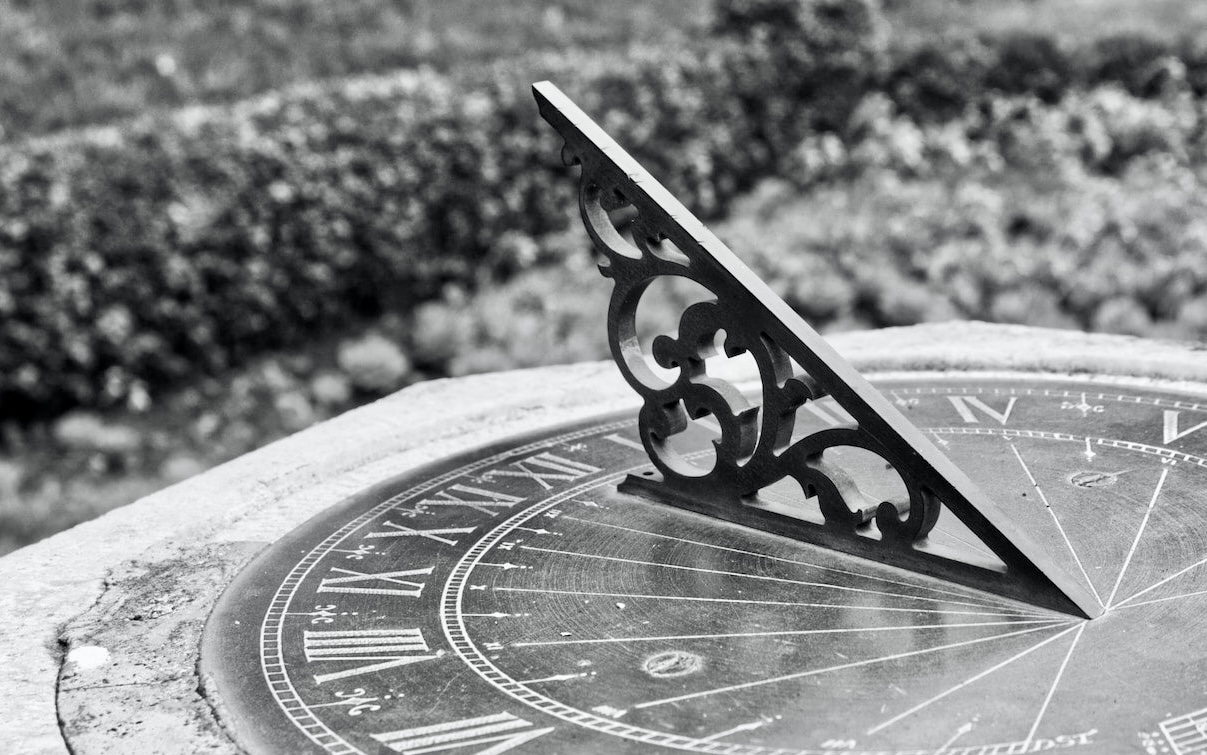
2 Comments. Leave new
Aryan, really interesting post. I’ve certainly seen clocks and time-telling imagery been used as visual motifs in other aesthetics, but I don’t know that I’ve ever considered time-telling as an art unto itself; I think your post does a really good job of conveying that central idea of the inherent artistry at work. I’m also impressed by the range of visual styles you cover in the examples here. I do think that, since you talk mostly about how clocks have been influenced by the contemporary styles of the day, I’d be interested to learn if there have been any timekeeping devices designed first and foremost as works of art, especially any that try to define a unique visual style outside that of the current aesthetic traditions.
I really found the discovery and working of clocks to my fascination. This article was very resourceful as to the timeline of watches and thoughtful as how it turned from architecture to necessity to gifts to home decor. I still remember someone special gifted me a pocket watch which I still feel is the most unique gift.